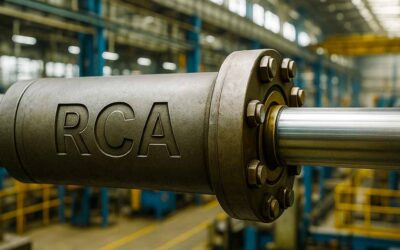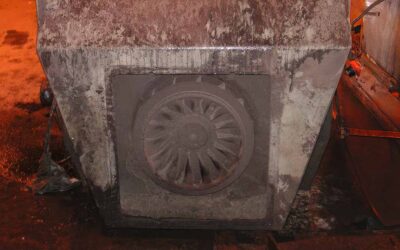Launching, sustaining, and continuously improving a new reliability strategy requires strong support across the organization, beginning at the highest levels of leadership. This support will help align efforts along the company’s broader goals and to secure the necessary resources for success. Consider these 10 steps to take your program across the finish line:
1. Recognize the Need for Change
Identifying the need for a reliability strategy will often arise from challenges that threaten operations’ stability or efficiency. For instance, following a financial downturn or operational inefficiency, a company might recognize that its current maintenance approach—whether preventive or reactive—is inadequate. If this is happening at your company use this realization as the first step toward transforming your asset maintenance into a robust reliability program.
2. Gain Executive Buy-In
Securing executive support can be a difficult task, but it is vital for any reliability initiative’s success. You’ve got to communicate how reliability directly impacts these critical business drivers—safety, quality, productivity, and profitability. If you can demonstrate the connection between reliability and these areas, it makes obtaining the executive buy-in necessary to move forward much easier.
3. Develop Your Reliability Vision
Consider creating a comprehensive reliability vision statement to guide your efforts. Include ambitious goals for transitioning from a maintenance-focused approach to a strategic reliability program. Get your vision statement approved by executives and communicated throughout the company to help ensure alignment among all stakeholders.
4. Establish the Right Team and Processes
Your reliability success will depend on the right personnel and processes. Standard job descriptions, job codes, and maintenance staffing policies. Collaborate with HR teams to help determine staffing levels based on asset care needs rather than financial constraints.
5. Enhance Technician Screening and Development
Consider how you select and develop maintenance technicians, lubrication technicians, and other maintenance personnel. Benchmark industry best practices and implement pre-employment technical testing. Partner with HR and external consultants to help build practical screening tools. Executive backing ensures smoother implementation and broad acceptance.
6. Implement a Comprehensive CMMS
A solid Computerized Maintenance Management System (CMMS) implementation is necessary for your new reliability strategy. There are challenges and costs associated with CMMS implementation, so you’ll need solid executive support to overcome any resistance and ensure it is adopted across the organization.
7. Measure and Demonstrate Impact
Want to maintain executive support? Track and demonstrate your reliability strategy’s financial and operational benefits. Use metrics such as Return on Net Assets (RONA) to highlight asset performance and productivity improvements. This will reinforce your strategy’s value. Integrate reliability KPIs into management compensation plans to help cement commitment to your program.
8. Embrace Continuous Improvement and Innovation
A successful reliability strategy isn’t static; it evolves with new tools, technologies, and methodologies. Run pilot programs to test new approaches before full-scale implementation. To continuously improve, you’ll need ongoing executive support.
9. Share Success and Knowledge
As the reliability strategy matures, share internal and external successes to enhance the company’s reputation and reinforce the importance of reliability. Present at conferences, contribute to technical advisory boards, and engage with industry peers. This will help establish the company as a reliable leader and strengthen internal support for your ongoing efforts.
10. The Role of Executive Sponsorship
You’ve seen now that executive sponsorship is essential at every stage of your reliability journey. When leaders understand the positive impact of reliability on safety, quality, productivity, and profitability, they will be more likely to provide the necessary resources and support. Ongoing sponsorship helps overcome challenges, drive continuous improvement, and ensure your long-term success.










